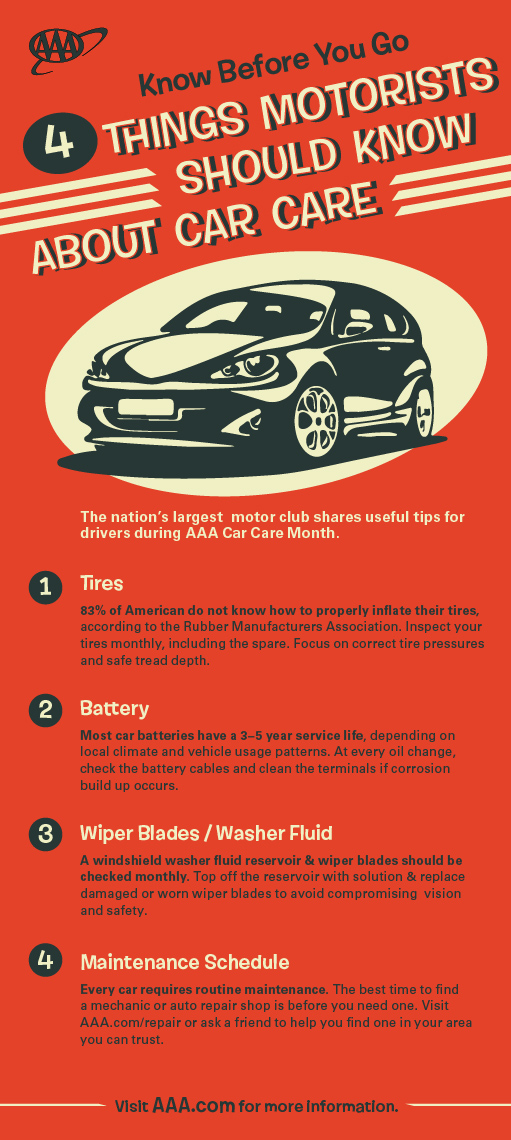Analyzing The True Relevance Of Warning Lights In Your Automobile
Analyzing The True Relevance Of Warning Lights In Your Automobile
Blog Article
Posted By-Hernandez Gross
When you're behind the wheel, those radiant warning lights on your control panel can be a little bit bewildering. Do you know what they're trying to inform you concerning your cars and truck's health and wellness? Comprehending the importance of these lights is crucial for your security and the durability of your car. So, the following time one of those lights pops up, wouldn't you wish to decipher its message properly and take the required steps to resolve it?
Common Warning Lighting and Interpretations
Identify usual warning lights in your automobile and comprehend their definitions to guarantee safe driving.
The most common caution lights include the check engine light, which signals problems with the engine or emissions system. If this light comes on, it's critical to have your vehicle examined immediately.
The oil stress cautioning light indicates low oil stress, needing instant interest to stop engine damage.
A flashing battery light could recommend a faulty billing system, potentially leaving you stranded if not attended to.
The tire pressure tracking system (TPMS) light notifies you to reduced tire pressure, affecting car security and fuel efficiency. Ignoring this could lead to risky driving conditions.
The abdominal muscle light suggests an issue with the anti-lock braking system, jeopardizing your capability to quit swiftly in emergencies.
Lastly, the coolant temperature cautioning light warns of engine getting too hot, which can lead to extreme damages otherwise settled promptly.
Understanding these usual warning lights will assist you deal with problems without delay and preserve safe driving problems.
Importance of Prompt Interest
Understanding the typical warning lights in your automobile is just the very first step; the importance of promptly resolving these warnings can not be emphasized sufficient to guarantee your safety and security when traveling.
When https://www.moderntiredealer.com/articles/33198-auto-plus-joins-aftermarket-auto-parts-alliance illuminates on your dashboard, it's your auto's way of connecting a potential concern that requires interest. Disregarding these warnings can lead to extra serious problems later on, jeopardizing your security and potentially costing you extra out of commission.
Trigger attention to cautioning lights can prevent failures and mishaps. For example, a blinking check engine light could show a misfire that, if left unattended, can create damages to the catalytic converter. Addressing this promptly can save you from an expensive fixing.
Similarly, a brake system alerting light could signify reduced brake liquid or worn brake pads, vital components for your safety when driving.
Do It Yourself Troubleshooting Tips
If you observe a warning light on your dashboard, there are a few DIY fixing pointers you can attempt prior to looking for specialist help.
The very first step is to consult your cars and truck's manual to recognize what the particular warning light suggests. Sometimes https://becketttoidw.blogdeazar.com/27815299/specialist-pointers-techniques-for-conserving-money-on-lorry-repair-works-at-your-citizen-service-center can be as simple as a loosened gas cap setting off the check engine light. Tightening the gas cap may solve the issue.
An additional usual problem is a reduced battery, which can activate different warning lights. Checking the battery links for deterioration and ensuring they're protected could fix the issue.
If a warning light continues, you can try resetting it by separating the automobile's battery for a couple of minutes and then reconnecting it. Furthermore, examining your vehicle's liquid levels, such as oil, coolant, and brake fluid, can assist fix advising lights connected to these systems.
Conclusion
Finally, understanding your auto's warning lights is vital for keeping your car running efficiently and securely. By quickly attending to these informs and recognizing what they imply, you can stay clear of costly repairs and potential breakdowns.
Remember to consult your car's handbook for specific information on each alerting light and do something about it appropriately to make certain a trouble-free driving experience.
Keep educated, stay secure when driving!
